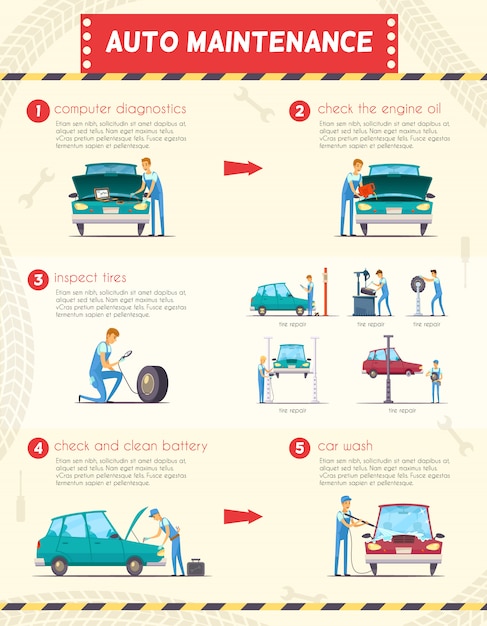Unraveling Truth Meaning Behind Your Car'S Warning Lights
Unraveling Truth Meaning Behind Your Car'S Warning Lights
Blog Article
Content Author-Hernandez Bishop
When you lag the wheel, those radiant warning lights on your control panel can be a bit complicated. Do mobile brake repair understand what they're attempting to tell you about your car's health and wellness? Recognizing the relevance of these lights is crucial for your safety and security and the long life of your automobile. So, the next time among those lights turns up, would not you want to analyze its message precisely and take the necessary steps to resolve it?
Common Caution Lighting and Interpretations
Determine usual caution lights in your car and understand their meanings to make sure safe driving.
The most common caution lights include the check engine light, which signifies problems with the engine or emissions system. If this light comes on, it's crucial to have your car examined immediately.
The oil stress cautioning light shows reduced oil pressure, needing prompt focus to prevent engine damages.
A flashing battery light could recommend a malfunctioning billing system, potentially leaving you stranded if not attended to.
The tire stress tracking system (TPMS) light informs you to reduced tire pressure, impacting lorry stability and gas performance. Ignoring this can cause harmful driving conditions.
The abdominal muscle light shows an issue with the anti-lock stopping system, endangering your capability to quit quickly in emergency situations.
Finally, the coolant temperature warning light warns of engine getting too hot, which can cause severe damages otherwise settled quickly.
Recognizing these usual caution lights will certainly help you address issues promptly and maintain safe driving conditions.
Significance of Prompt Focus
Understanding the typical caution lights in your vehicle is only the initial step; the value of immediately attending to these cautions can't be stressed enough to ensure your safety and security on the road.
When https://riverffatn.qodsblog.com/30253316/increase-the-hood-to-explore-constant-brake-system-concerns-and-just-how-to-settle-them illuminates on your control panel, it's your automobile's way of communicating a possible concern that needs attention. Ignoring these cautions can result in more severe troubles later on, compromising your security and potentially costing you much more out of commission.
Trigger attention to cautioning lights can avoid break downs and mishaps. For https://chassispartscar07284.qodsblog.com/30253072/ten-secret-upkeep-tips-that-every-auto-proprietor-should-recognize , a blinking check engine light could suggest a misfire that, if left unattended, might trigger damages to the catalytic converter. Resolving this promptly can conserve you from an expensive repair.
In a similar way, a brake system advising light might signify reduced brake fluid or used brake pads, critical parts for your safety when driving.
DIY Troubleshooting Tips
If you observe a warning light on your dashboard, there are a couple of do it yourself repairing pointers you can try prior to looking for specialist help.
The primary step is to consult your vehicle's guidebook to comprehend what the details caution light indicates. In some cases the problem can be as basic as a loosened gas cap setting off the check engine light. Tightening the gas cap may resolve the problem.
One more usual problem is a low battery, which can activate various alerting lights. Inspecting the battery links for corrosion and ensuring they're safe might fix the problem.
If a warning light continues, you can attempt resetting it by disconnecting the cars and truck's battery for a couple of minutes and then reconnecting it. In addition, inspecting your vehicle's liquid degrees, such as oil, coolant, and brake fluid, can aid repair alerting lights associated with these systems.
diesel mechanic
To conclude, understanding your cars and truck's warning lights is necessary for maintaining your car running smoothly and safely. By promptly attending to these alerts and understanding what they indicate, you can avoid costly fixings and potential malfunctions.
Keep in mind to consult your vehicle's handbook for particular details on each warning light and act as necessary to make sure a hassle-free driving experience.
Stay notified, remain risk-free when traveling!
